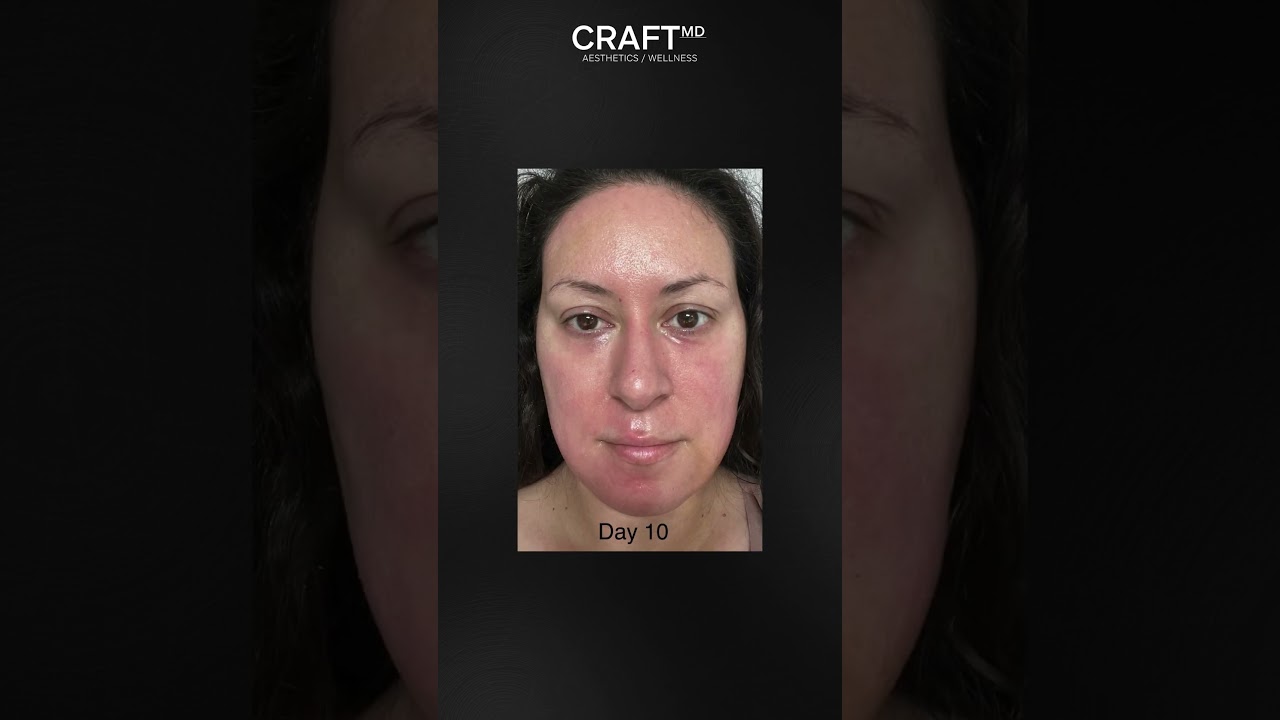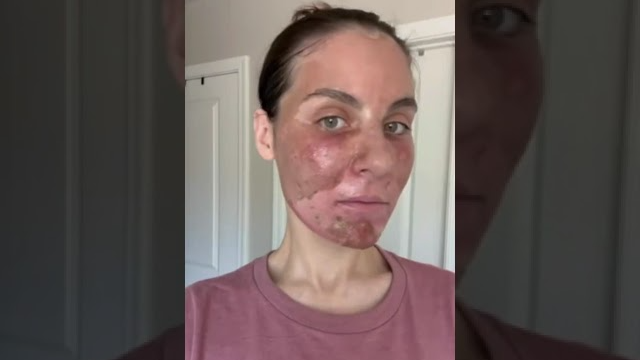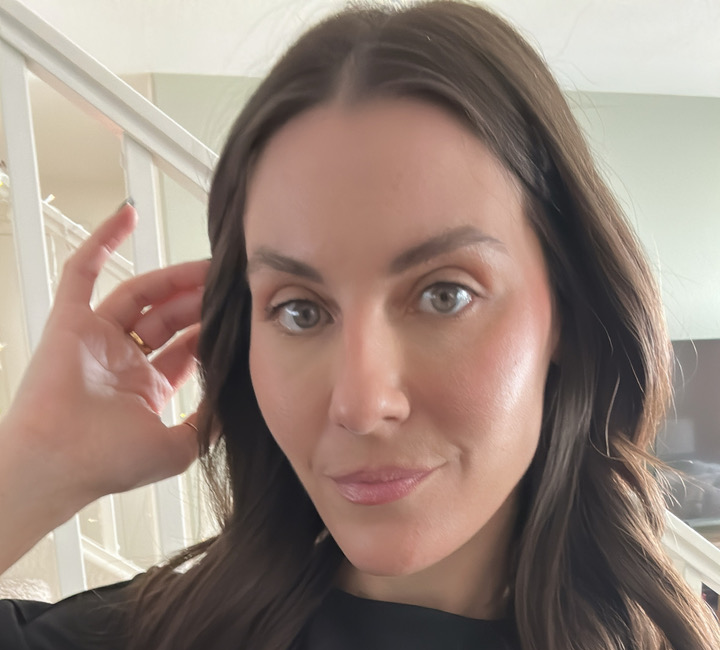How Is This Different From Typical Chemical Peels?
The peels you may receive at a spa can only treat the upper layers of skin, making them superficial.
The croton oil peel provides deep treatment and, because of this, may require IV sedation. However, for the results it offers, it is considered a far less invasive procedure than cosmetic surgery. Further, because of the depth of the peel, we pretreat patients for 4 weeks prior with topical tretinoin and hydroquinone cream to prepare their skin.
We usually explain to patients that none of the things we offer are like “Death Becomes Her” (great movie) – i.e., a painless topical potion that completely turns back time without recovery. Also explained as – there’s no free lunch. The more dramatic the regenerative outcome for a peel, the deeper that treatment must go into the skin in order to achieve that outcome. That means there is a recovery involved – and with a deep croton peel, that’s likely a couple of weeks. There are certainly other modalities with less of a recovery – but what is true for all of them is that the tradeoff will always be the depth of impact versus the degree of improvement/change achieved.
As with all things – training and experience matter, for a Croton oil peel – which can have significant complications if not appropriately applied – we recommend having this treatment only by a Board-Certified Plastic Surgeon or Dermatologist like Dr. Craft.






